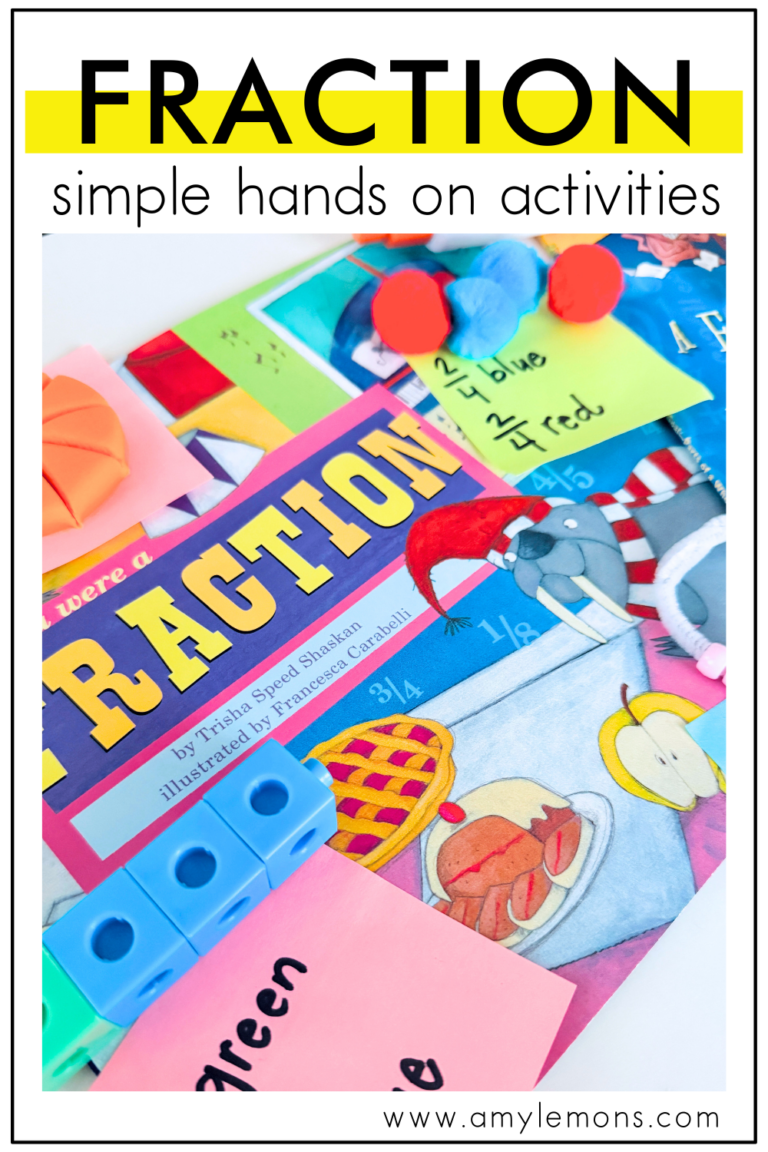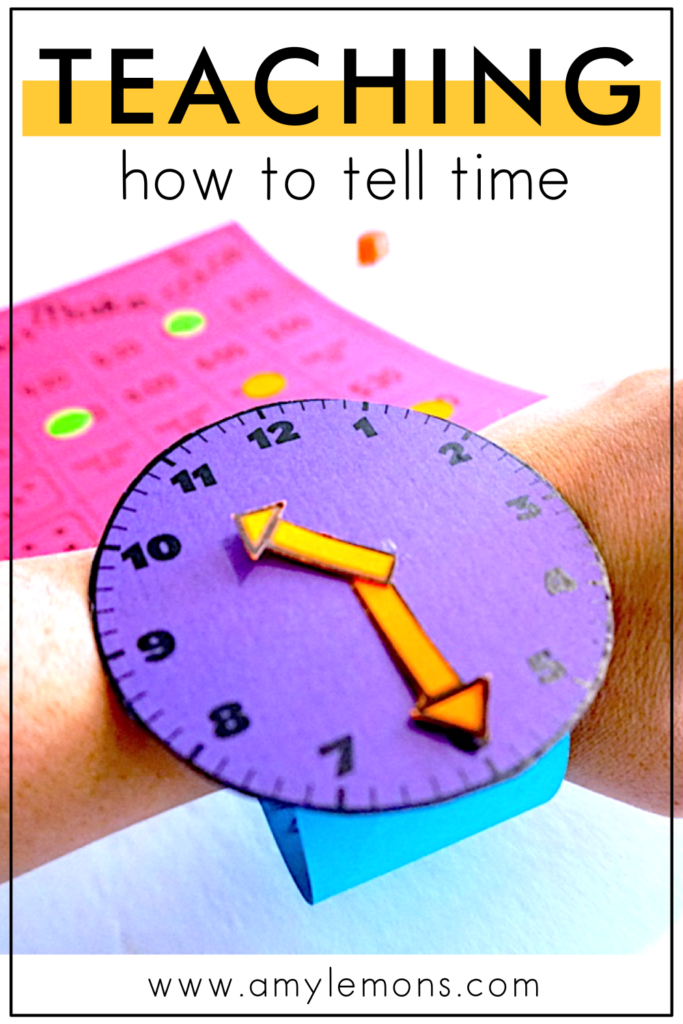

Nothing feels as stressful as when it’s time to teach your students a new skill that you know will be trickier than the others before it. When it comes to math, that is a constant. And one of those struggle moments certainly happens when it’s time to teach students how to tell time.
Your telling time lesson plans have to be in tip-top shape if you plan to keep your students engaged. Time lessons should include fun, telling-time games and activities that give your students opportunities to be hands-on, think critically, and work in unison with their classmates!
You may be asking yourself, “How do I teach time in a fun way?” Well, I’ve got the answer for you!
Here’s a look at 5 math games and activities for telling time that your students will not only love but will help them learn a whole lot about identifying and modeling time.
{Each of these activities is a part of my Magic of Math Lesson Plans for Telling Time. You can save yourself time and energy by having these ready-made templates and plans all done for you. Find out more about this unit in my TPT shop.}
The most important aspect of teaching time to kids is exposure to analog clocks. While in reality, we mostly encounter digital clocks, students need a strong understanding of telling time using longhand or the minute hand and shorthand or the hour hand.
For this activity, students will be crafting their own analog clocks as hats and using them to identify various times using a Tick Tock Find the Clock class activity.
Here’s how this works:
To repeat this telling time activity, place the boards in a plastic sleeve and use dry-erase markers!
Students need multiple opportunities to work with analog clocks when they first begin learning about time. Another fun way for students to practice telling time is using a watch! But not just any watch.
Using a big, exaggerated clock watch, students will work independently creating different times on the clock. In Roll, Make, and Color, students will use dice to roll a time, model it on their “watch”, and check them off using colors or stickers.
Here’s how it works:
This is a simple way for students to gain exposure to using a watch to tell time!
I like to get kids out of their seats during math practice. While we often think that students need to be completing worksheets with math problems to show what they know, there are many other ways to achieve the same result. Including, telling time games!
One of those ways is a fun musical activity for the class! Teachers can check their work while students get a chance to actively participate in their learning, literally.
This activity which we call Rock Around the Clock works similarly to musical chairs.
Here’s how it works:
This is an activity that can be played multiple times so be sure to place the templates into a plastic sleeve and have students use dry-erase markers to draw the hands!
Have you ever played a game of Time BINGO? TV may have you thinking it’s just for the older crowd but kids love it, too!
Bingo is such an easy game to personalize and use for whatever skills you need to be covered in various subjects. My favorite way to use it is often in my math lesson plans. For learning how to tell time, students play this telling time game to ensure they are identifying the time on a clock correctly.
Here’s how we play:
Feel free to repeat this game as many times as you need throughout the week. Time Bingo is both challenging for students and easy for teachers to teach. Something tells me students will definitely ask for more!
I Spy Time is such a simple yet effective way to review or assess your students’ understanding of telling time.
Use a set of clock cards, like the ones pictured above, showing a time on an analog clock with three different time choices for students to choose from. You can place these cards around the room or give a set of cards to each table.
Individually, students will use recording sheets with multiple-choice answers that correlate to the clock cards to mark the time they think is being shown.
You only need a few of these answers to check and gauge your student’s understanding of your lesson on telling time! That’s one of my time-saving tips for teachers. You don’t need tons of questions to assess a student’s comprehension. Just a few will do the trick!
I hope these telling time games and activities help you when it’s time to teach this important life skill!
If you’re interested in learning more about where you can find all of the telling time games mentioned in this post, head to my TPT shop to check out our Magic of Math Time Lesson Plans and Telling Time Activities.
Also, save the image below so you don’t forget these telling time games and activities for later!


Hey, y’all! My name is Amy Lemons and I am passionate about providing students with both engaging and effective standards-based Math and ELA lessons.

Sample a day of Rooted in Reading with these lesson plans and activities for Reading Comprehension, Vocabulary, and Grammar!